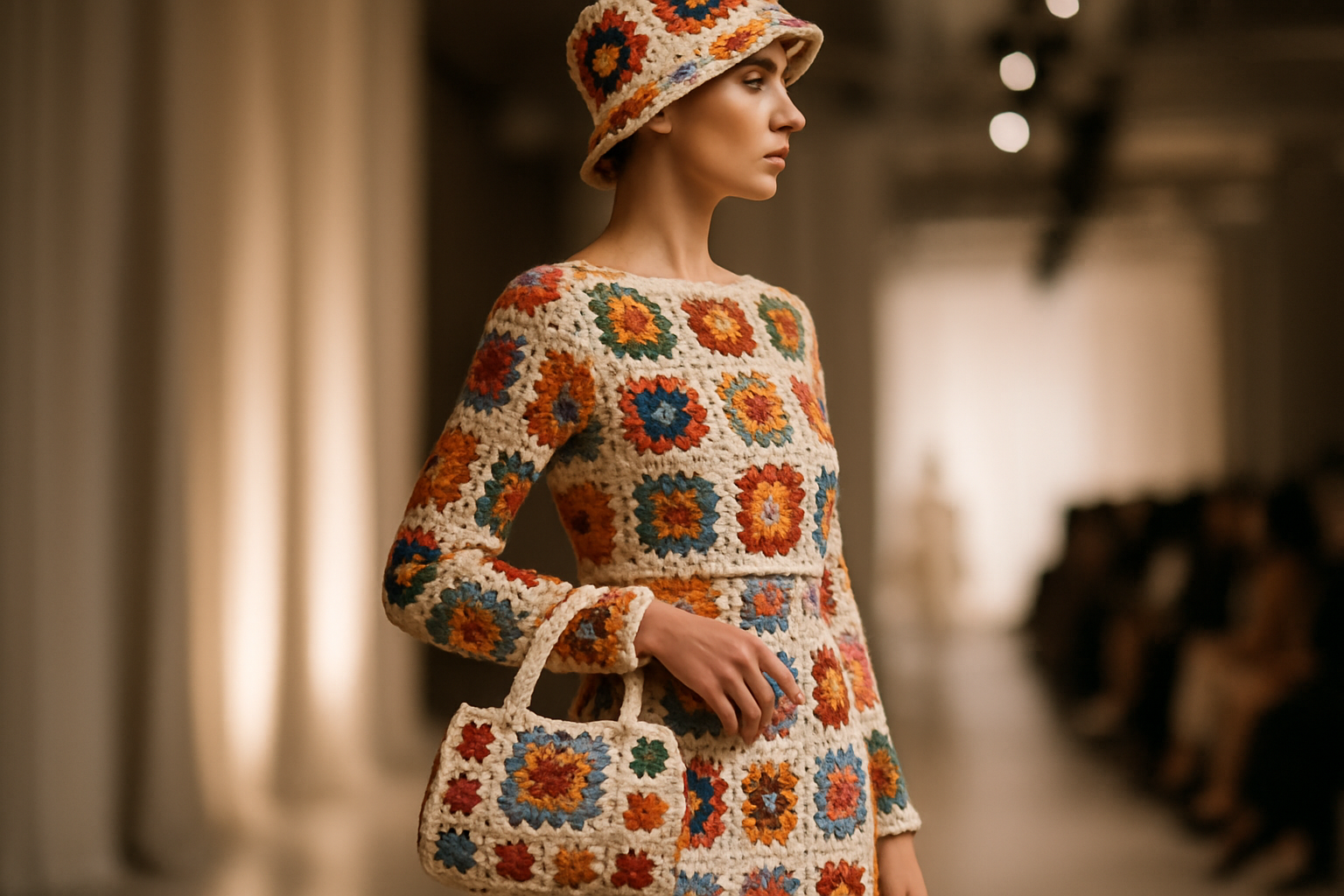Trendspotting: The Art of Predicting Fashion's Next Big Thing
In the fast-paced world of fashion, staying ahead of the curve is not just a skill—it's an art form. Trendspotting, the practice of identifying and predicting future trends, has become an essential tool for designers, retailers, and fashion enthusiasts alike. This article delves into the fascinating world of fashion forecasting, exploring the methods, minds, and magic behind predicting what we'll all be wearing next season and beyond.

One key aspect of trendspotting is understanding the cyclical nature of fashion. Styles often resurface and evolve over time, influenced by cultural shifts, historical events, and societal changes. By studying these patterns, forecasters can anticipate when certain trends might make a comeback, albeit with a modern twist.
The Role of Social Media in Trend Prediction
In today’s digital age, social media platforms have become invaluable tools for trendspotters. Instagram, TikTok, and Pinterest serve as virtual mood boards, offering real-time insights into what people are wearing, buying, and aspiring to own. Influencers and fashion bloggers often act as early adopters, showcasing emerging trends to their followers and accelerating the spread of new styles.
However, the democratization of fashion through social media has also made trend prediction more complex. Micro-trends can emerge and fade rapidly, challenging forecasters to distinguish between fleeting fads and lasting movements. This has led to a more nuanced approach to trendspotting, with forecasters focusing on broader lifestyle shifts rather than specific items or styles.
Cultural Catalysts: How Global Events Shape Fashion
Major world events, from political movements to global pandemics, can have a profound impact on fashion trends. Trendspotters must be attuned to these cultural catalysts, understanding how they influence consumer behavior and design aesthetics. For instance, the COVID-19 pandemic led to a surge in comfortable, versatile clothing as people adapted to working from home. Similarly, growing awareness of climate change has fueled interest in sustainable and eco-friendly fashion.
By monitoring these cultural shifts, trendspotters can anticipate changes in consumer values and preferences, helping brands align their offerings with emerging demands. This foresight is crucial in an industry where lead times for design and production can span several months.
The Psychology of Fashion Forecasting
Understanding consumer psychology is a crucial aspect of successful trendspotting. Fashion choices are often driven by deep-seated emotional needs and desires, such as the need for self-expression, belonging, or status. Skilled forecasters tap into these psychological undercurrents, predicting how evolving social norms and cultural values will manifest in clothing choices.
For example, in times of economic uncertainty, consumers might gravitate towards classic, investment pieces that offer longevity and versatility. Conversely, periods of prosperity often see a rise in bold, experimental styles as people feel more confident in taking fashion risks.
From Runway to Reality: Translating High Fashion to Mainstream Trends
While haute couture and runway shows often showcase avant-garde designs, trendspotters play a crucial role in translating these high-fashion concepts into wearable, marketable trends for the masses. This process involves identifying key elements—such as silhouettes, colors, or textures—that can be adapted for everyday wear.
Successful trend forecasting requires a delicate balance between pushing boundaries and maintaining commercial viability. It’s about finding that sweet spot where innovation meets accessibility, ensuring that predicted trends resonate with a wide range of consumers.
Sharpening Your Trendspotting Skills
For those looking to develop their own trendspotting abilities, consider these expert tips:
• Cultivate curiosity: Stay informed about diverse topics beyond fashion, including art, technology, and global affairs.
• Practice observation: Pay attention to what people are wearing in different settings and contexts.
• Analyze patterns: Look for recurring themes or elements across different brands and collections.
• Embrace diversity: Seek inspiration from various cultures, subcultures, and age groups.
• Follow industry insiders: Keep tabs on fashion editors, stylists, and designers for insider insights.
• Trust your instincts: Sometimes, the most successful trend predictions come from a gut feeling backed by experience.
As we navigate an increasingly complex and fast-paced fashion landscape, the art of trendspotting continues to evolve. By combining data-driven analysis with cultural sensitivity and creative intuition, fashion forecasters play a pivotal role in shaping the styles that define our times. Whether you’re a fashion professional or simply an enthusiast, developing your trendspotting skills can offer a fascinating lens through which to view the ever-changing world of style.





